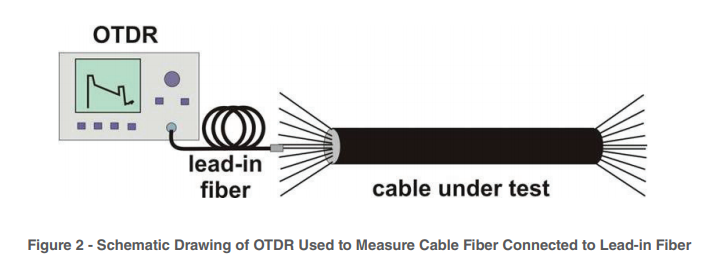Combining with Motorolla Arris Surfboard , tplink wireless n300 home router for wifi have a strong signal reception in around rooms in house, as long as there are no blocking wall from concrete wall. I am use this tplink wireless home router for wifi with motorolla modem. You can also can use Motorolla Arris Surfboard as a modem.
Almost 3 years we use tplink router wifi , and still in good condition. In our home, because computer is on almost in 24 hours, sometimes we must restart the computer , because the temperature of computer is too hot, sometimes I must restart the CPU , but overall the tplink router is fine. And works as it should be.
You can see at the picture below from windows status of
tplink wireless router. I put my computer CPU at the living room with Motorolla Modem connected to tplink wireless router as a wifi. And I access from my room, across the living room, about 5-6 meter , but the position is turning about 1 meter and there is a wall in my room to tplink wireless router, and as you can see the signal strength from tplink wireless router still excellent.
So, this tplink wireless router is a good choice for your wifi and combining with motorolla modem,is a good system and solution for your home internet wireless access system.
This tplink wireless router is very simple in setup, just follow the instruction setup, and you will find it is very simple and anyone can do this setup and enjoy the access speed of internet from your room.
With motorolla arris surfboard sb6141 doc, it is perfect combination for your wireless home internet system. And for home small office , you can relax and enjoy while your in home or for you small office system.










